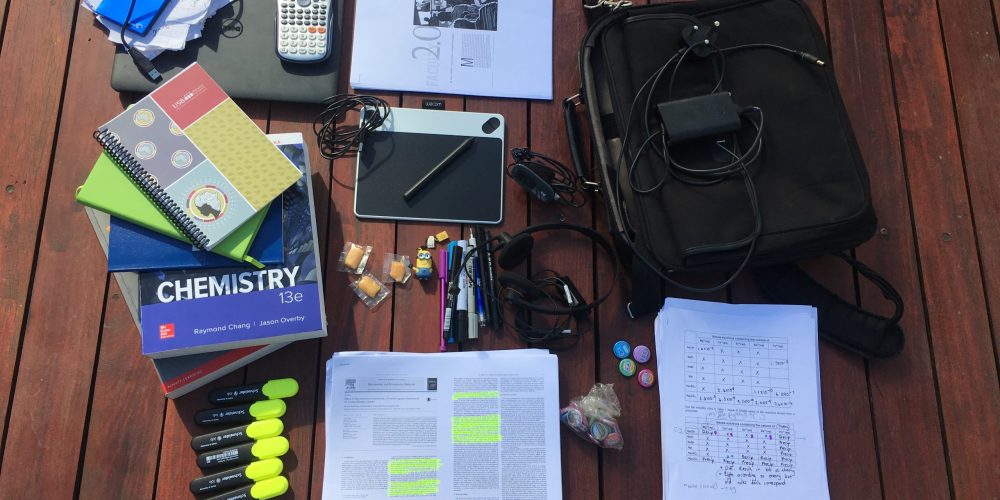Reader Warning (Disclaimer): Gross misrepresentation of people and objects ahead! No dogs were harmed or involved in this story in any way despite what the text below might seem to indicate.
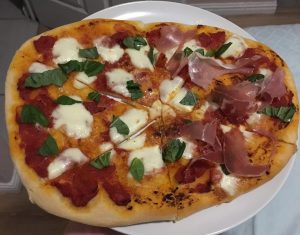 Disclaimer: not the actual pizza of the story below but one I made previously.
Disclaimer: not the actual pizza of the story below but one I made previously.
Hey friend! So I thought I’d just keep you updated on what we’ve been doing over weekends since the lockdown. Friday is normally start the same way since we always make a pizza for dinner. You asked me for a recipe awhile back? So I thought I would just give you some pointers on how we do it and what our Friday pizza was like. Mostly important part is to get the diorite. So to make the pizza dough you need to have some yeast the instant kind and dissolve the packet of feast in one cup of warm water. The water shouldn’t be too warm definitely not pointing. Also add about 2 teaspoons of sugar to the Heast mixture as sugar is food to Heast. How to check when he says ready is to look out for bubbling or a thick layer of Heast that looks frothy in the water. Normally it takes about five minutes. And then measure of 2 cups of flour, the recipe calls for bread flour and was never have that on hand as you know so I mostly use cake wheat flour. Your remember that I really struggle to find flower in the shops of the last few weeks and so when I couldn’t find wheat flour are you did a pint 5 kg. Right so to the flour mixture you add 1 teaspoon of salt and also 2 tablespoons of Olive Oyl and then you’re ready to add in your used mixture. Mix it really well either with a spoon or with your hands I don’t like it in my hands dirty so I always use a spoon. When the dog comes together into a nice bowl then you know you can stop mixing. Since this is a historic we need Space to let it rise and I normally do that by cover in the bowl in the kitchen towel and then place it somewhere warm in my case that’s my microwave. You can maybe think of using that kitchen counter you have that always has some sun shining on it. Leave the door for about half an hour I don’t sit back and relax go the extra effort and make your own tomato base. I’ll share with you Saudis secret recipe don’t tell him I told you. Your Waze takes one can of either diced or whole peeled Italian tomatoes and two that he adds just a little bit of butter and Olive Oyl and he secret spices of salt and pepper as well as some oregano. We just got in oregano plant a week ago and since we’ve been adding in fresh oregano it’s been the next level pizza sauce. You have to reduce the source until you happy with the consistency it should take about half an hour. And by now your door and you’re so should be ready so I hope you preheated the oven but 200°C is good and are you ready for Semley. So on our Friday night pizza we added first hour dry ingredients so we started with a layer of Olive Oyl to help Chris the base and then we added the tomato base sauce that you made followed by some salami and olives. Next came layer of grated cheese followed by the wet ingredients or those that will give us some moisture when they bake in the Aven those were the cherry tomatoes and some mushrooms. We bake the pizza in the oven for about 20 minutes that’s all normal time and when I came out the added some freshly sliced avocado i’m sure you know to never take avocado in the oven it will go brown and horrible. And as you know Peter is not complete without some hot sources which fatty taught me to eat so we put out all four varieties of Tabasco sauce as well as a home-made have a nearest source. But honestly just add whatever you want or eat it as you like I hope you. Get a chance to make it this week 20 and don’t forget to parent with some here if you have any left or if you’re like us we now always have non-alcoholic beer same experience, awesome meal and a great time oh and I forgot to say that we ended up watching charger upJoJo rabbit upon your recommendation I really liked it but found the reader.
I used the built-in dictation tool on my iPhone in the Notes app. and I think I will steer clear of this function on my phone for quite some time to come in the future. It was fairly easy to set up and use but the first thing I noticed I had to train myself to do was to voice the punctuation marks I wanted to include in my story. Unfortunately, you will notice I did this fairly inconsistently throughout the text as I found it really challenging to concentrate on telling the story as I remembered it and still consider the technical workings of how that would translate into text. The second issue I had with using the software on my phone was that the dictation would switch off by itself every few minutes. Restarting the function led to words being amalgamated together in my text. The result of my labor is alas a piece of work that doesn’t even equate to a typed first draft had I written the story myself.
It’s also very clear that the software couldn’t quite make out my dialect on certain words with the most notable being whenever I tried to say the word “dough”, the words “diorite”, “dog” and “door” would appear on screen. “Yeast” became “heast” multiple times and my poor Fiancé’s name was construed into “Saudis” and “fatty”! Just a heads up- if he comes to me and asks about this, I will know one of my classmates leaked this information… I also have no idea why the software would interpret “Olive oil” as “Olive Oyl” or why “I’m” would be typed as “i’m”. Those were interesting and unexpected errors, which I can’t really think of as being due to my dialect.
My South African English and this software was perhaps a mismatch or maybe others fared similar to me. I’ll be reading the other posts with great curiosity and keep in the back of my mind that I should perhaps look up an English pronunciation course online. I do believe the result would have been better had I scripted what I wanted to say as I would have had a chance to make notes of the punctuation marks I needed to add and say aloud for the software to incorporate them into the story. I’m also not sure if there is an instruction available where I could spell out certain words that the software clearly had issues with? That would have gone a long way to have improved my story too.
I believe that written storytelling constitutes a more calculated and thoughtfully constructed design process. The option exists to edit, re-edit and contemplate how the pieces of the puzzle fit together in a meaningful way. The web of the story with all its connections is spun until it is perfected. This is important as written storytelling leaves the interpretation of the story to the reader. In the case of a badly written story like the one above, I’m not sure readers can interpret much at all and the sense of emotion gets lost. Only I know what the story is that I wanted to tell. In oral storytelling, there is no going back and changing things but the reader/ listener gets to hear the story first hand. There is thus less interpretation that has to take place as the listener gets to hear the story exactly as the author intended it with all the emotions expressed by the storyteller either by their voice or in their facial expressions etc. Each therefore has their advantages and depending on the task at hand, one might be preferred over the other but they are both very capable of conveying their intended messages.
………………………………………………………….
Additional thoughts (27 May 2020): The original draft of this post was constructed on the 20th of May and I hadn’t begun the readings for Week 3 by that time. Having had a chance to catch up on the readings, I had some additional thoughts on the task that I wanted to include here. Gnanadesikan (2011) in their chapter titled, The First IT Revolution, refers to writing as a process of translating a message of time into space that uses words to create objects that are visible and tangible for the reader. Following that argument, then the above technology used to create the written words in my story has fallen severely short of accomplishing its purpose as there are large parts in the story that no one can read and imagine seeing in front of them.
The chapter by Gnanadesikan (2011) reaffirms my initial statements in the post that written story-telling is more carefully constructed by referring to writing as being more deliberate than speaking. What I now find intriguing is the idea that this task offers a technological blend for storytelling. Our input was oral but the output of our labor was a written product. Where there would have been a deliberate cognitive reflection undergone had I written this story myself in text, the dictation software took away that process and the result is perhaps then not to be so unexpected- a story that reads terrible and lacks coherence. This sparks in me the same Technology Question brought up by Ong (2002) when he asks what the nature of computer technologies are and what their impact on writing is. Although I don’t know enough yet to answer that question I do recognize the step missed in the construction of this story i.e. my own cognitive process of thinking over the events described and then relaying them in a purposefully designed material text artifact through writing.
References:
Gnanadesikan, A. E. (2011).“The First IT Revolution.” In The writing revolution: Cuneiform to the internet. (Vol. 25). John Wiley & Sons (pp. 1-10).
Ong, Walter, J. Taylor & Francis eBooks – CRKN, & CRKN MiL Collection. (2002). Orality and literacy: The technologizing of the word. New York; London: Routledge.







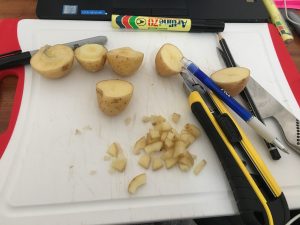
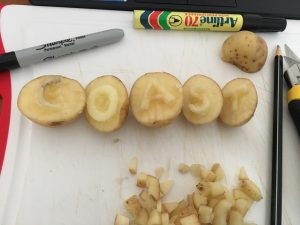
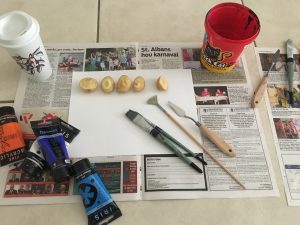
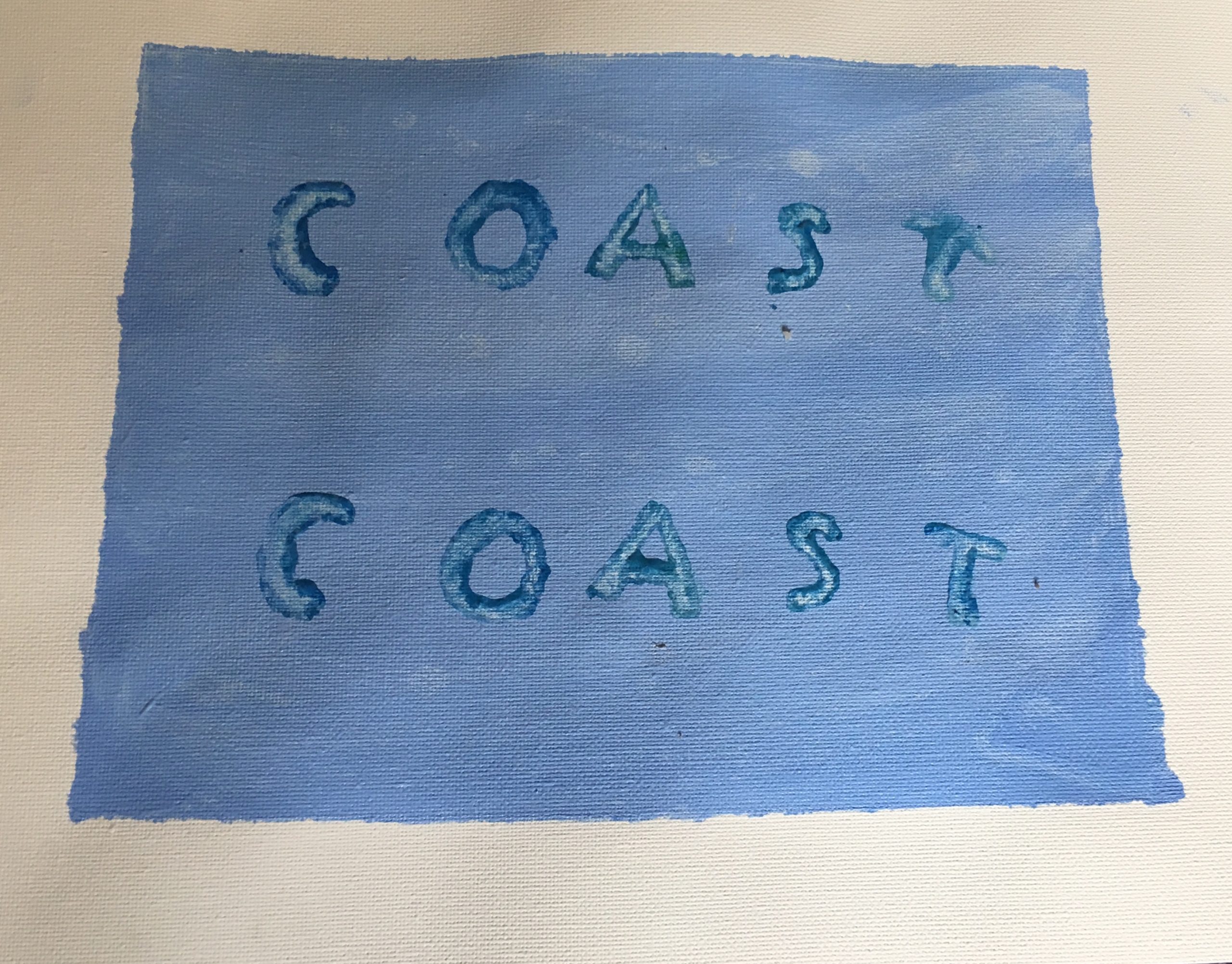
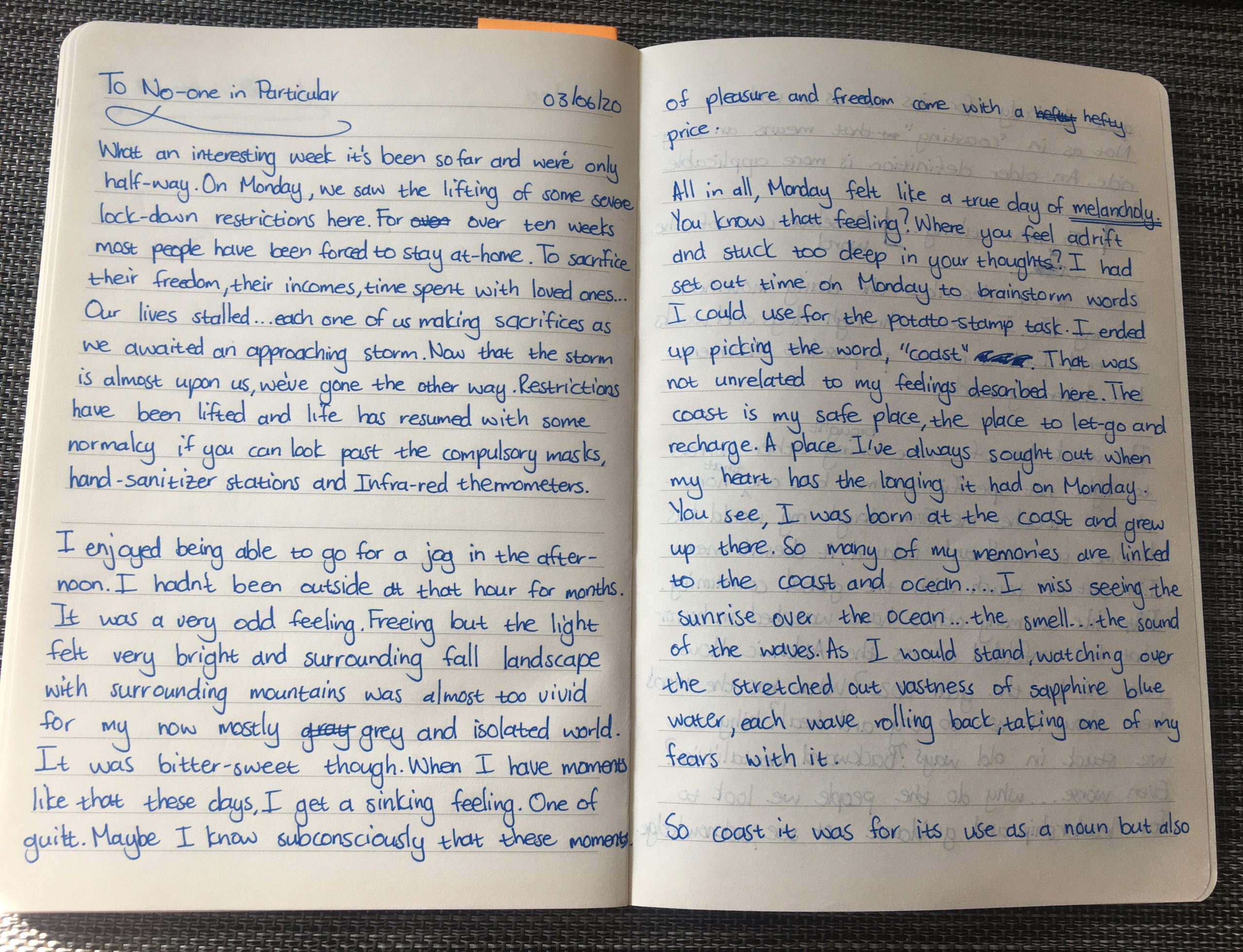

 Disclaimer: not the actual pizza of the story below but one I made previously.
Disclaimer: not the actual pizza of the story below but one I made previously.